Analysis of Organizational Behavior Issues and Proposed Solutions
VerifiedAdded on 2022/12/05
|21
|1875
|353
Report
AI Summary
This report delves into critical issues within organizational behavior, examining challenges related to team dynamics, communication, and productivity. It identifies key problems such as difficulties in blending diverse personalities, poor communication leading to ineffective teamwork, and decreased productivity coupled with poor time management. The report applies relevant theories, including Vroom's Expectancy Theory, the Behavioral Theory of Leadership, Administrative Theory of Management, Human Relation Theory, Theory of Ethical Egoism, and Social Learning Theory, to analyze these issues. It offers practical recommendations for each problem, such as promoting open communication, allowing for autonomy, redefining goals, and implementing effective messaging platforms. The report concludes by emphasizing the importance of understanding organizational behavior to build trust, maximize performance, and achieve organizational objectives efficiently. This report is designed to provide insights and solutions to improve workplace dynamics and overall performance. Desklib provides past papers and solved assignments for students to aid in their studies.
1 out of 21
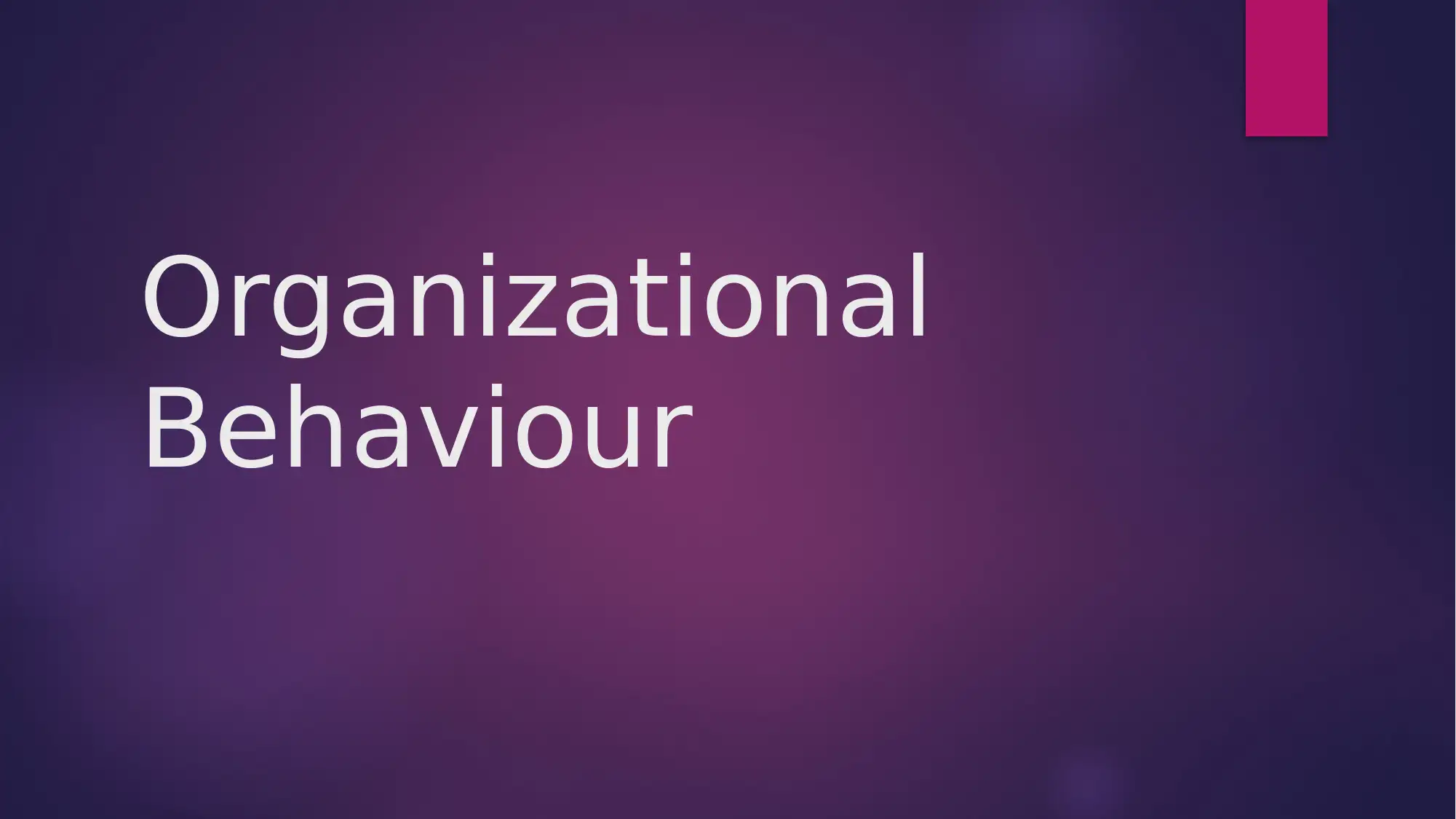
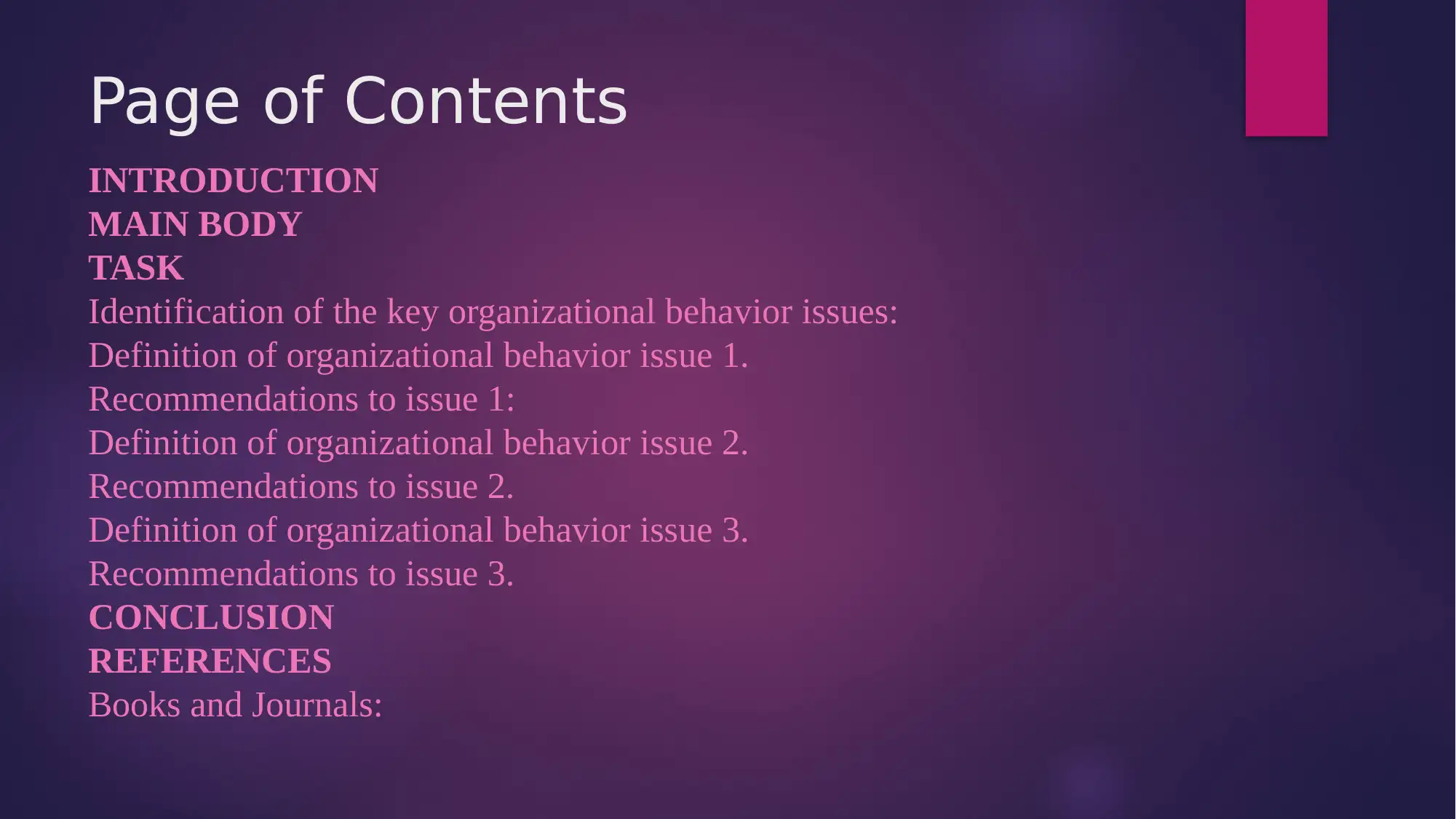
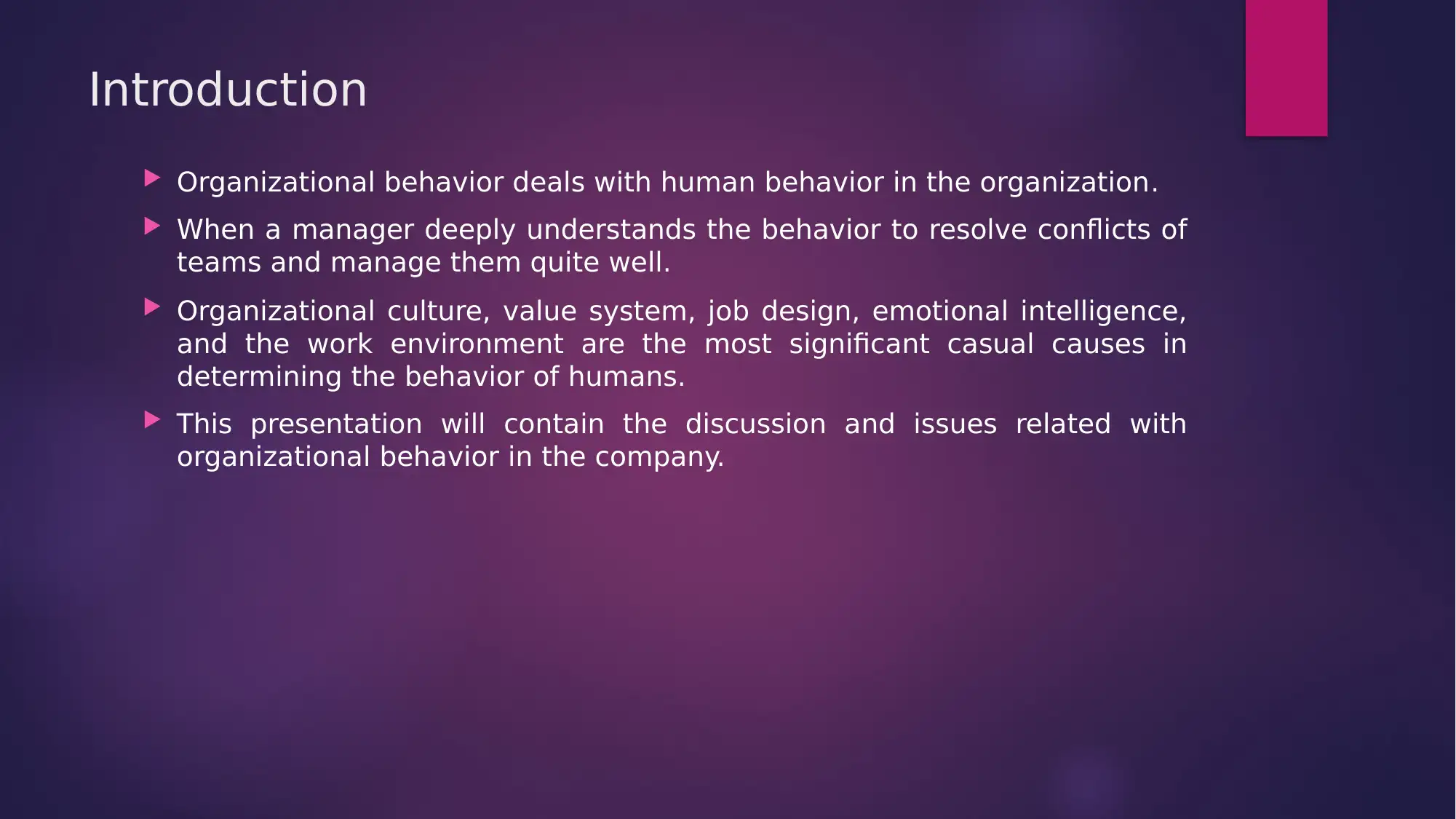

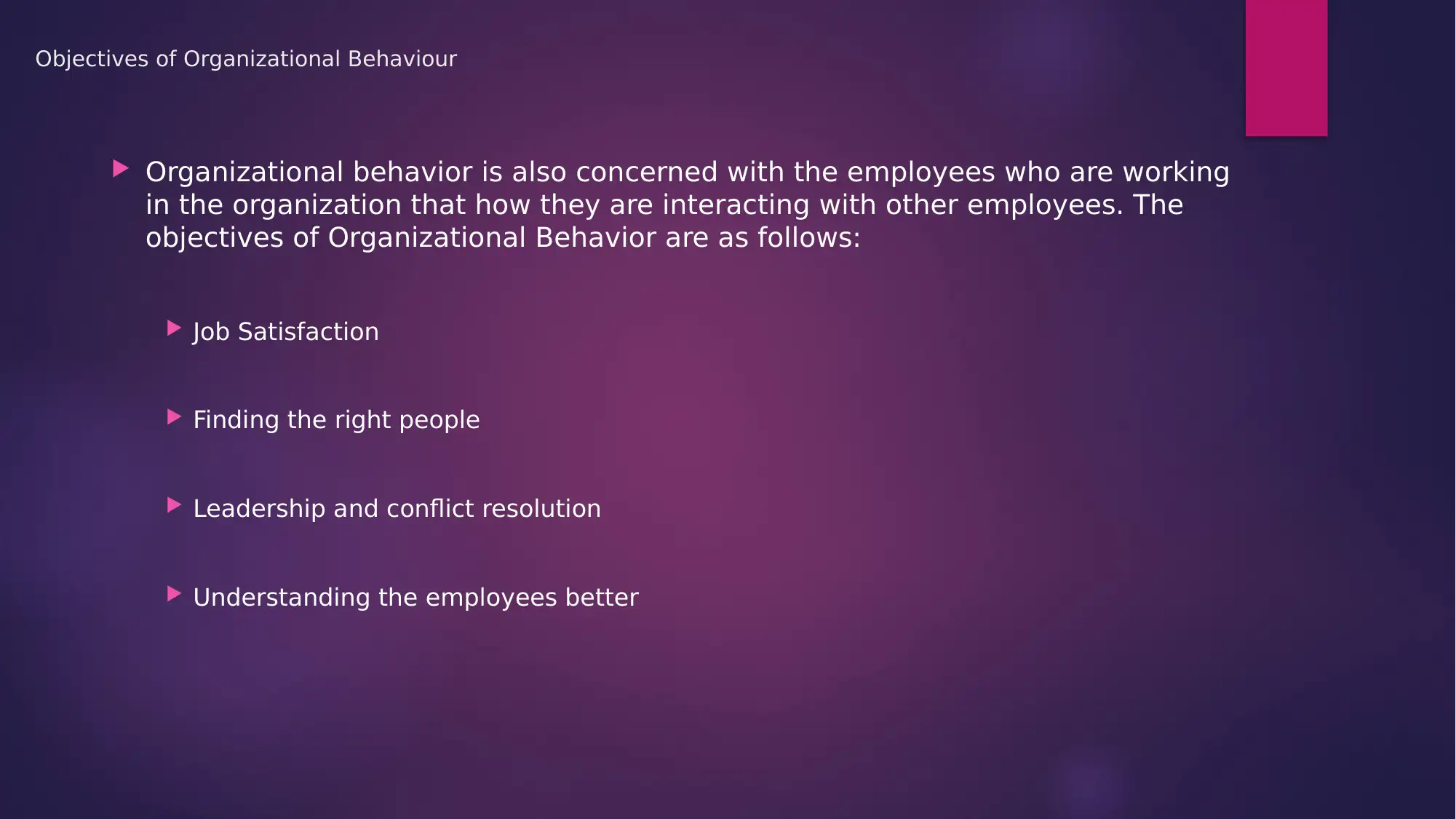
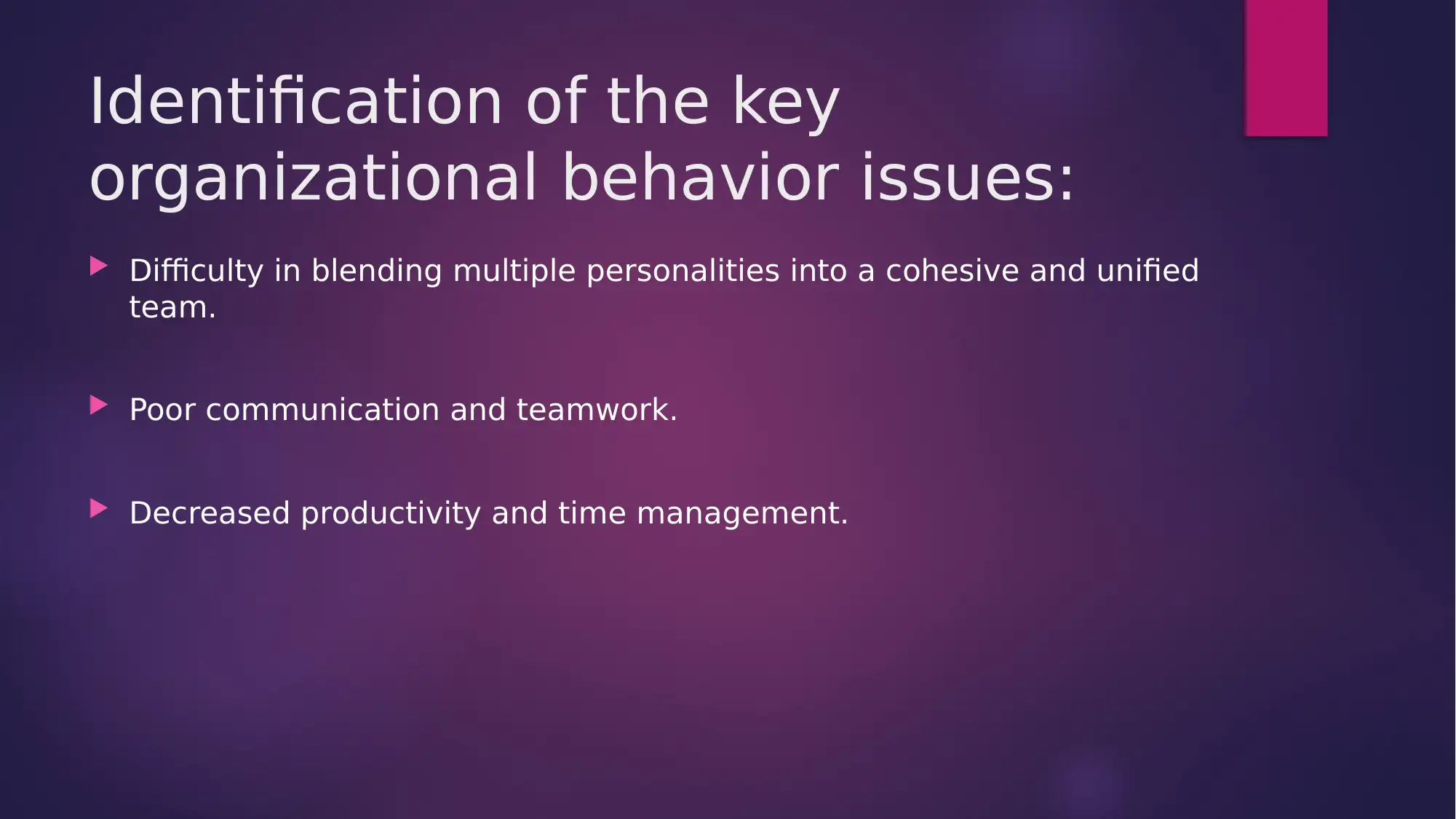
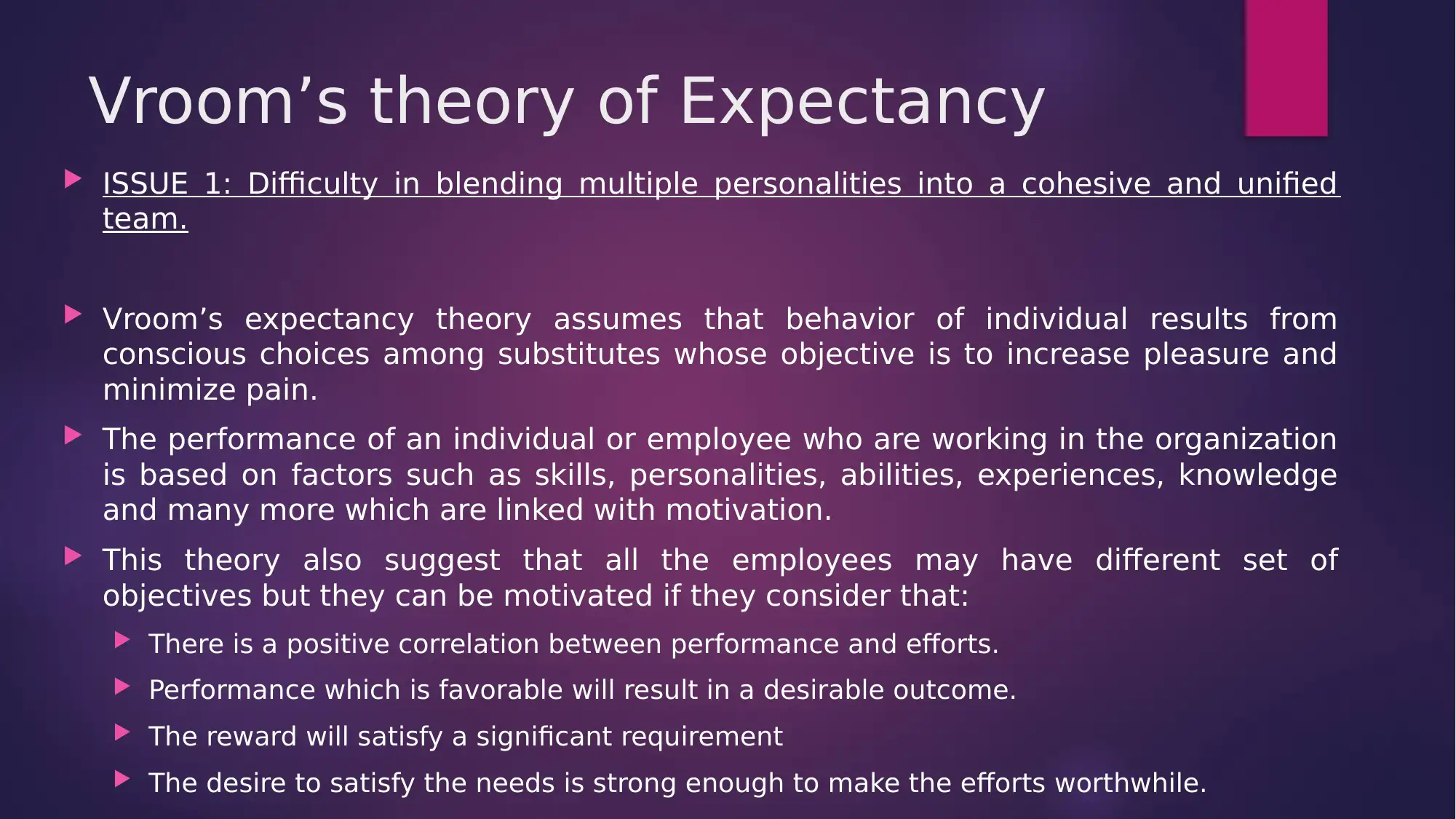
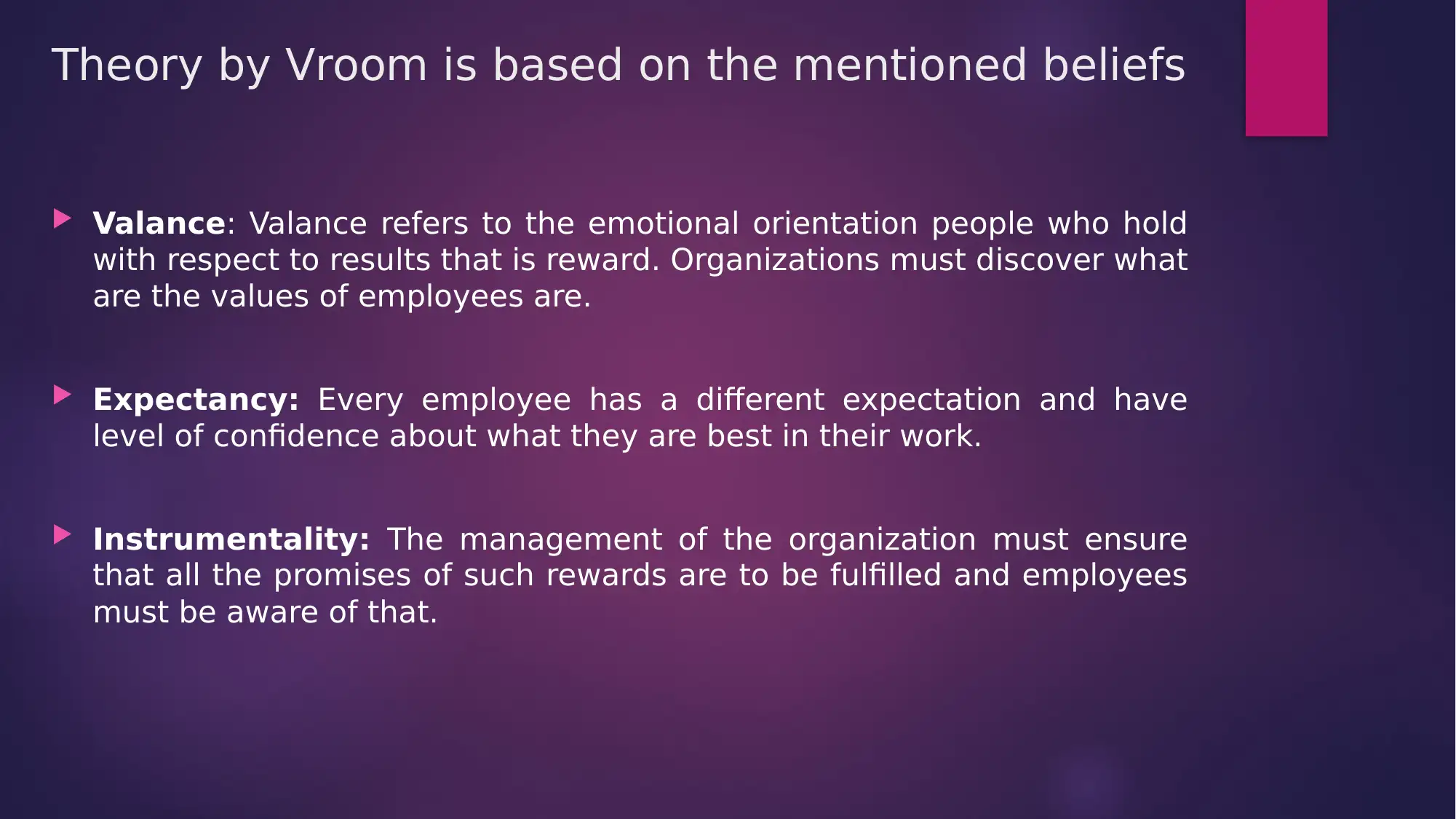
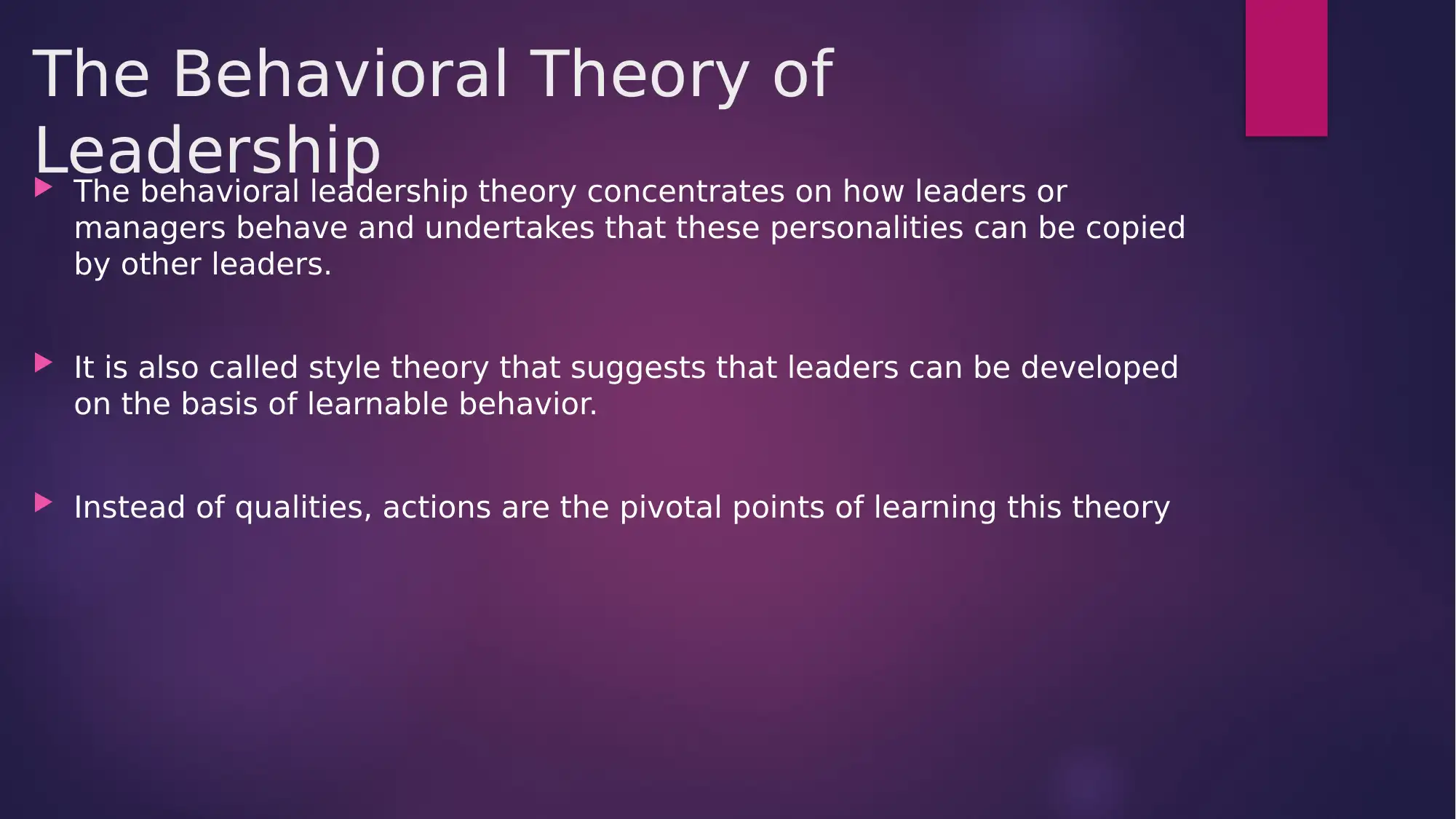
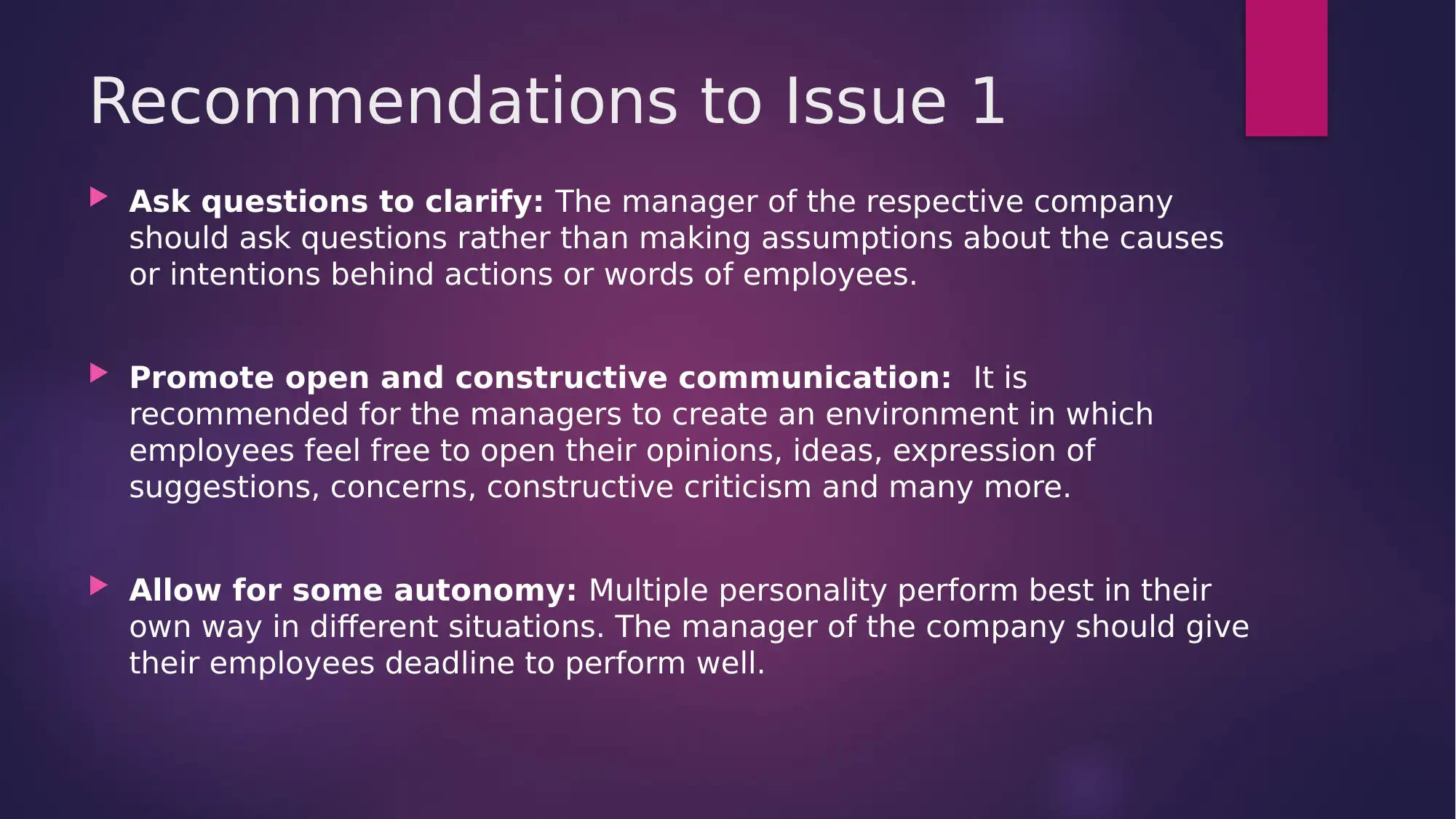
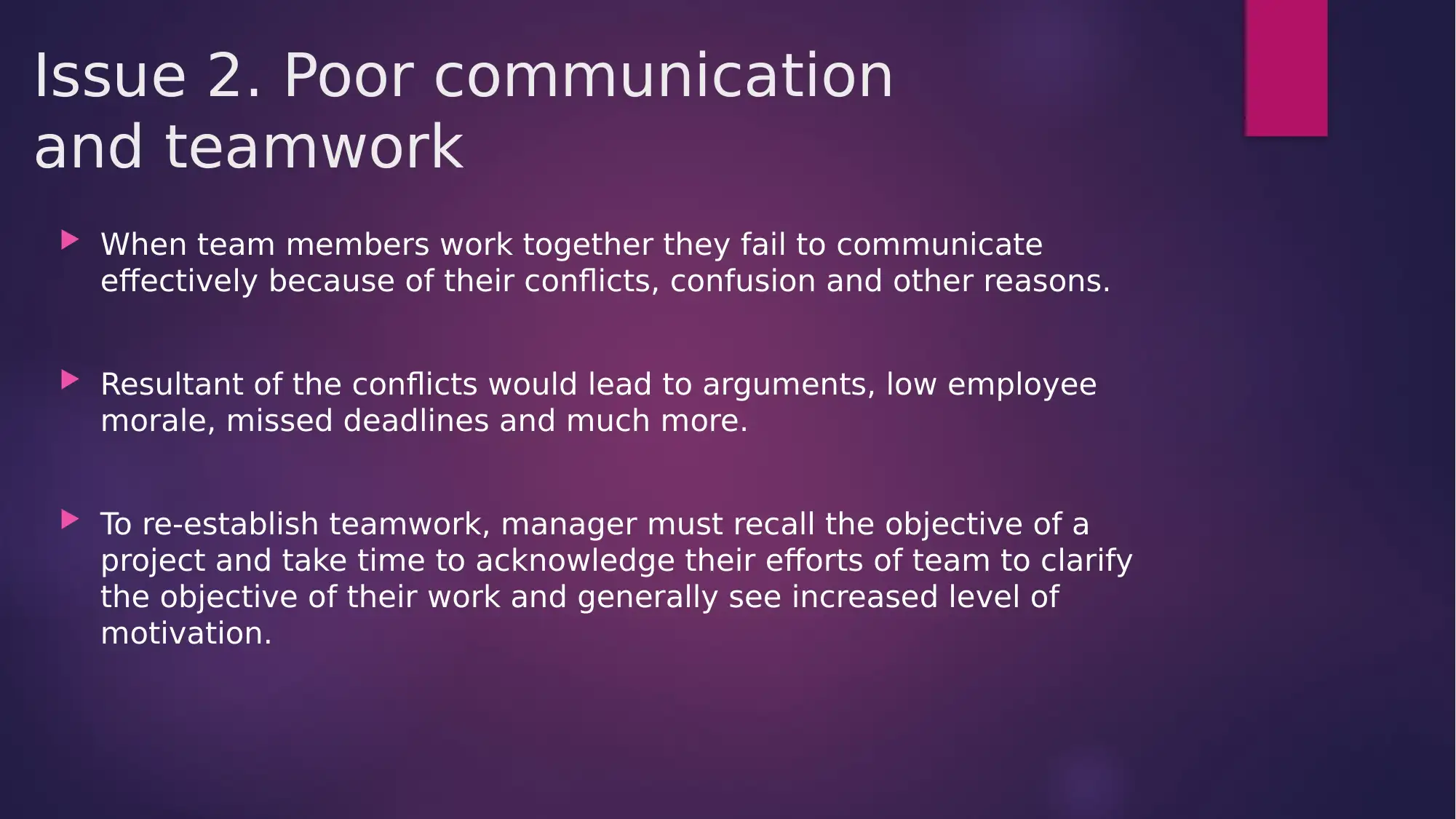
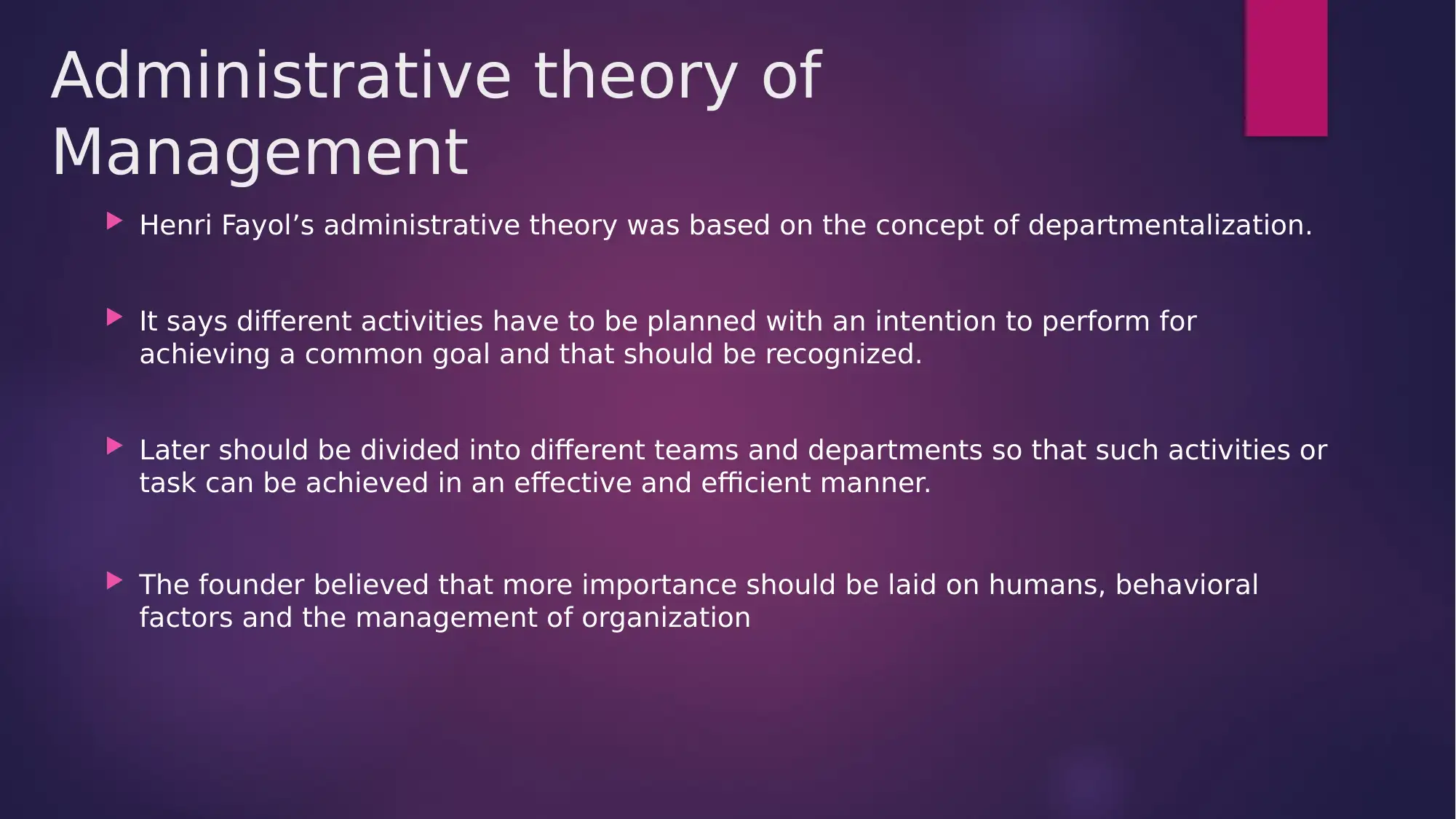






![[object Object]](/_next/static/media/star-bottom.7253800d.svg)